The Buyer's Guide To Choosing the Right Snowplow
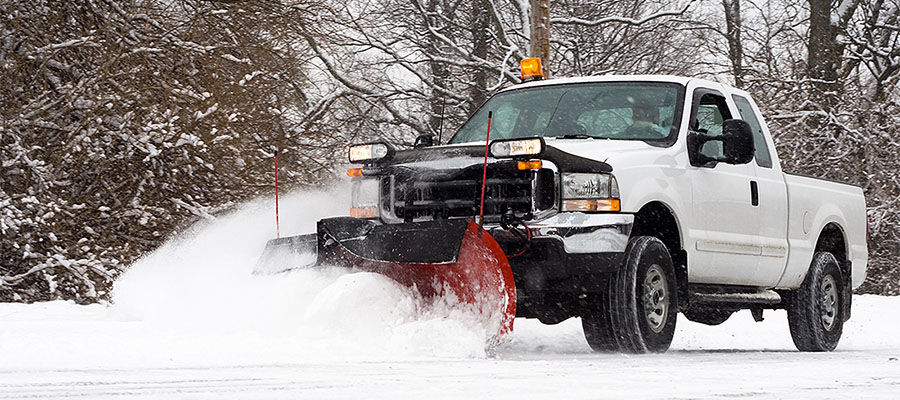

The Buyer's Guide To Choosing the Right Snowplow
Sure, you know that having reliable, efficient equipment is essential for your business to operate successfully. But are you ready for this season?
One of the most important pieces of equipment is, of course, your snowplow. Maybe you’re using an older snowplow and it's questionable whether it'll last through the next season. Maybe you're just looking to upgrade. Maybe you’ve got a new business and you’re in the market for your first snowplow.
Regardless, there are a lot of things to consider when choosing the right snowplow for your needs. This guide focuses on key considerations to keep in mind while selecting the best snowplow for your needs.
Choosing the Right Snowplow
Having the right snowplow can make a significant difference in your operation's efficiency, turnaround times, and ultimately, your profit margins. However, choosing the perfect snowplow can be a daunting task.
By breaking down this decision into manageable steps, you'll find the process simplified.
Step 1 - Determine Your Needs
Before browsing options, decide on your business' specific requirements. Consider the following:
- Climate: The frequency and intensity of snowfall in your area.
- Terrain: The type of surfaces you'll clear, such as gravel, asphalt, or concrete.
- Frequency and Type of Use: The number and type (commercial, residential) of plowing jobs you handle.
Having a solid idea of your overall workload needs can help determine the perfect snowplow for your business.
Step 2 - Choose Your Blade Type and Size
Blade type is a key consideration and it’s not cheap to change your mind, so doing your homework is important.
Straight blades are great starters due to their simplicity and lower initial cost. There aren’t a lot of options when using a straight blade, which means it’s easier to operate and also has fewer parts to maintain and repair.
V-plows can be more efficient for heavy or sustained snow falls as the pointed shape of the plow can slice through crusted snow better than the flat surface of a straight blade. Although V-blades are more expensive, they provide for three-way configuration that can significantly reduce the time it takes to get a job done.
Blade sizes vary and should be chosen according to the above-mentioned terrain and climate factors, plus the size of areas plowed. Small blades (6-7 feet) work well for personal or small commercial jobs, while larger blades (8-10 feet) are ideal for significant commercial work.
Step 3 - How Strong is Your Truck or SUV?
Keep in mind your vehicle's capacity to handle a snowplow. Sizes and weights impact how effectively a vehicle can carry and operate a snowplow. The vehicle's Gross Vehicle Weight Rating (GVWR) indicates how much additional weight it can handle. There are many options for high quality blade systems as well as truck-and-plow combos if your current rig is not up to the considerable rigors of plowing.
Step 4 - How Will You Attach the Plow to Your Vehicle?
Snowplows can be attached either through front mounts or undercarriage mounts. Front mounts make the installation and removal process easier, while undercarriage mounts allow for better ground clearance. It is essential to ensure that your chosen snowplow mount is compatible with your vehicle.
Takeaway
Selecting a snowplow is a critical decision that impacts your business's productivity and profitability. Remember, the right snowplow will serve not just for a season, but with proper selection and care, it should be on the job for many winters to come, keeping you and your clients happy. Choose wisely.
Published on: October 16, 2023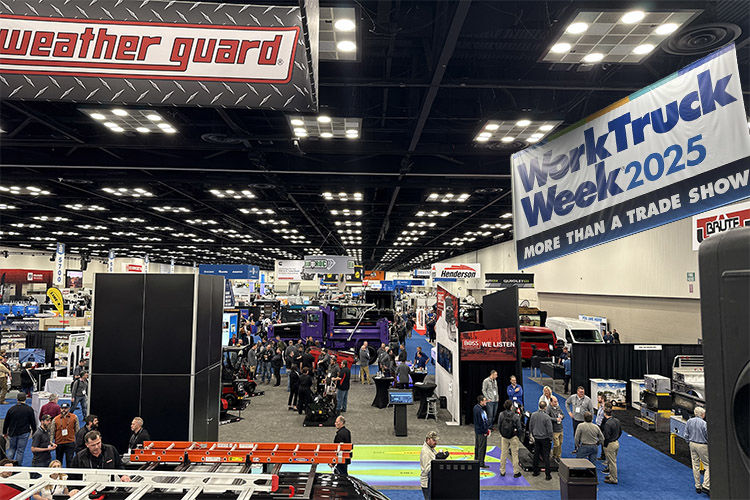 Work Truck Week 2025: Examining the Trajectory of Commercial Vehicle Innovation
Work Truck Week 2025: Examining the Trajectory of Commercial Vehicle Innovation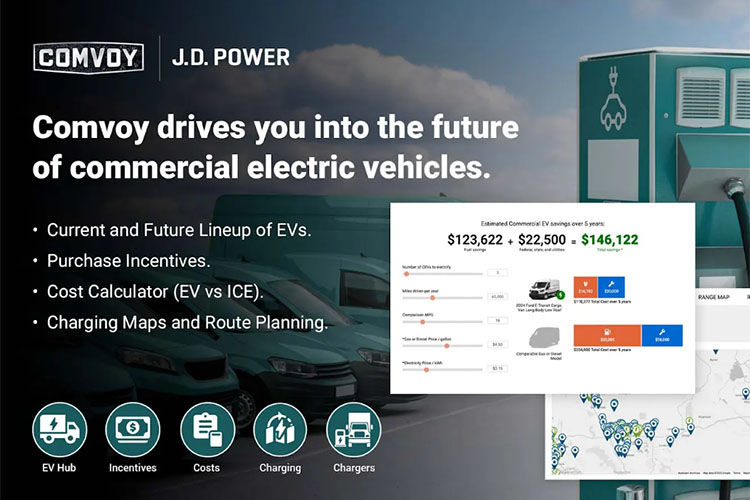 Work Truck Solutions and J.D. Power Launch Commercial EV Hub
Work Truck Solutions and J.D. Power Launch Commercial EV Hub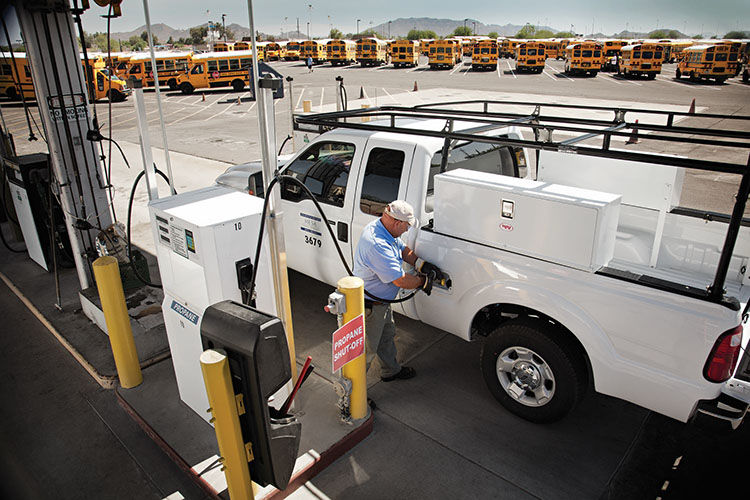 The Cost Benefits of Propane Autogas for Commercial Fleets
The Cost Benefits of Propane Autogas for Commercial Fleets Winterizing Commercial Vehicles: Don't Get Caught Out in the Cold!
Winterizing Commercial Vehicles: Don't Get Caught Out in the Cold!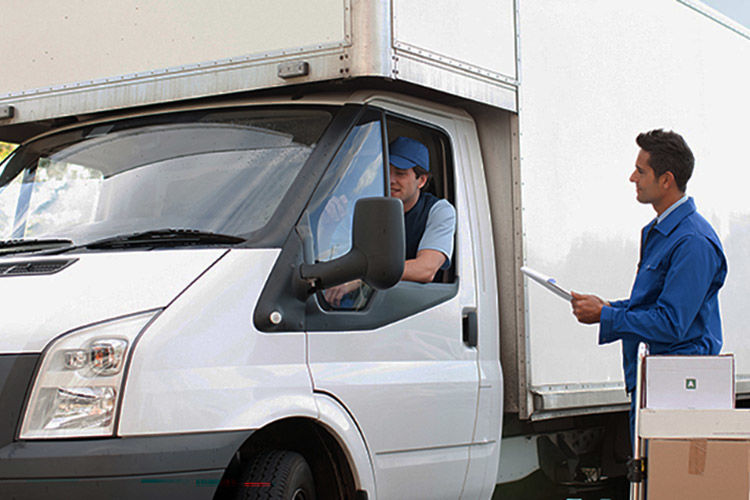 Class 2b-3 Commercial Vehicles: How the Industry Can Find the Right Balance Across Supply, Demand, and Emissions Requirements
Class 2b-3 Commercial Vehicles: How the Industry Can Find the Right Balance Across Supply, Demand, and Emissions Requirements






